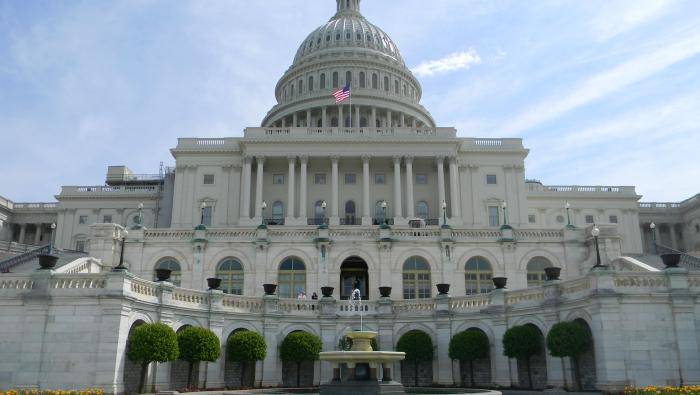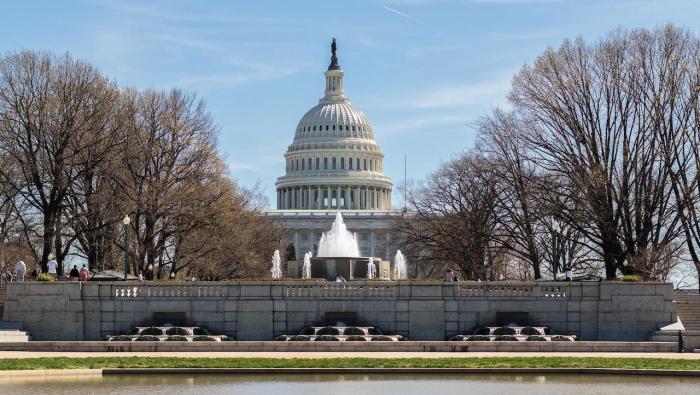An Australian coroner inquiry into the death of the pilot and seven passengers on board a King Air 200 that crashed in September 2000 has adjourned the hearing until July to gather further evidence. The aircraft had departed for a 300-nm trip to Leonora, a small mining town northeast of Perth, where it was based. It crashed more than five hours later on the other side of the Australian continent after those on board were believed to have succumbed to hypoxia as a result of a cabin pressurization failure.
After departure the twin turboprop continued to climb past its assigned altitude of 25,000 ft, and controllers reported that the pilot’s speech was significantly impaired and he appeared unable to respond to ATC instructions. An open microphone over the next six minutes revealed the progressive deterioration of the pilot toward unconsciousness. The aircraft reached an altitude of 35,000 ft before crashing.
The Australian Transport Safety Board (ATSB), in its final report, said that impact damage when the aircraft finally hit the ground made it impossible to determine why the pressurization failed or why the occupants did not receive supplemental oxygen. The Board said the accident could have been avoided had there been an aural alert fitted to warn the pilot of the pressurization failure, since hypoxia affects eyesight long before it affects hearing.
The ATSB recommended that the Australian Civil Aviation Safety Authority (CASA) mandate installation of an aural warning system in pressurized aircraft that do not already carry the equipment. There have been at least three other incidents in Australia involving pressurization and oxygen supply problems in King Air 200s, according to the ATSB.
The coroner deferred the hearing after a former instructor of the King Air pilot disputed the findings of the ATSB, saying the cause of the incapacitation was toxic poisoning. Officials from the ATSB said two separate examinations of the pilot’s and passengers’ remains did not reveal any toxin.
The ATSB has also recently investigated a serious incident involving a King Air on a Western Australia medical flight on which a mixture of lubricants and air-conditioning refrigerant leaked into the cabin. The pilot and passengers, all medical staff, quickly became incapacitated but managed to don oxygen masks.
The incident pilot told ATSB investigators that he remembered nothing of the approach and landing, and ATC personnel reported they had to repeat instructions and had asked him to confirm operations were normal. The ATSB subsequently recommended that Raytheon Aircraft, the FAA and Australia’s CASA review the potential side effects of a mix of HFC-134A refrigerant and air-conditioning lubricants in an aircraft cabin.
Meanwhile, Australia’s CASA is being criticized about the length of time it is taking to mandate installation of audible pressurization warning systems in Australian civil aircraft. Concerns about management failures in CASA caused the Australian Minister for Transport to specifically instruct the agency to mandate the modifications. Several King Airs have already been modified with such a warning system, which costs about $1,000 (including installation).






